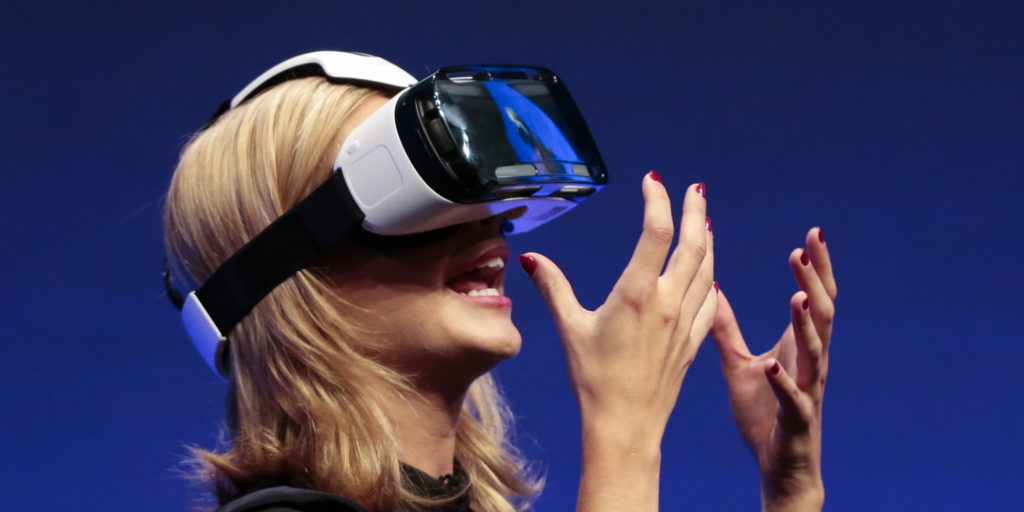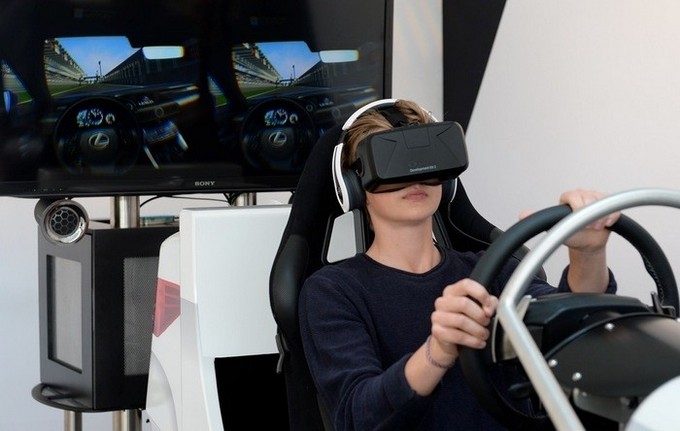Radikally Different - Our World View

Why Virtual Reality is Becoming Popular for Brands
Virtual reality is no more a thing of the future. Initially considered a big innovation within the video game industry, virtual reality has come a long way, establishing its potential for marketers across different business verticals. With recent innovations like YouTube and Facebook introducing supporting 360 degree videos along with various hardware devices, businesses are also stepping up to adopt ways of using virtual reality to connect with consumers.
Many top level brands are viewing the virtual reality (VR) technology as a robust marketing tool that will help their target audience properly communicate with them, allowing them to experience the product/service prior to making purchase. The ability to produce extraordinary sensations via its video and interactive experiences, has made VR instrumental in forming strong bonds between a brand and its customer.
Now that mobile technology offers huge potential, such as optimization to create virtual reality experiences, brands are rising above the boundaries of social media to establish ties with consumers.
Innovation that has become a mainstream technology
In terms of popularity, Facebook’s Oculus Rift and Google Cardboard soar high; however they aren’t the only players in the virtual reality world. Valve’s HTC Vive is the latest member to offer similar experience. While it cannot be denied that Oculus Rift is a powerful medium that has set a benchmark in creating incredible experiences, it should also be kept in mind that it cannot be accessed by everyone and everywhere. This is where the smartphone steps in.
Like the cardboard viewer VR, the smartphone is another convenient mode of enjoying the VR technology. Plus it is also an affordable option when it comes to accessing short-timed VR experiences. Several brands are now choosing to get VR-based mobile applications for their products/services.
Mike Woods, Founder of leading VR studio Framestore says, “As an entry level thing everyone carries around a smartphone in their pocket, so the idea that you can generate brand experiences and excitement around VR with just some cardboard and the computer you carry around in your pocket all day — it’s a no brainer.”
Facebook and YouTube have now made it easier for marketers to offer customers 360-degree videos on their smartphones. All that a user needs to do to view the virtual space of the video is to move his device. From a consumer’s point of view, the VR innovation is still very fresh and will generate an interesting experience for the users of all age groups. Hence, the VR technology is no longer a futuristic technology for the gamers; instead has evolved to become a mainstream technology in marketing where brands get to strongly connect with consumers by giving them fun and long lasting impressions.
If you are willing to guide your customers on your product/service via a VR mobile app, please feel free to approach our mobile app development consultants who would guide you well.
- Augmented Reality (4)
- Enterprise (9)
- Games (15)
- Marketing (17)
- Mobile App Development (26)
- Mobile Apps (19)
- Mobility Solutions (1)
- Monetization (8)
- News (16)
- Remote Hiring (1)
- Strategy (13)
- Testing (7)
- Uncategorized (1)
- User Experience (8)
- Virtual Reality (4)
- Web Browsing (1)
- Web Design & Development (20)
